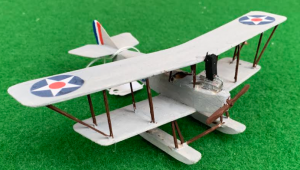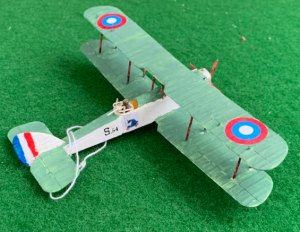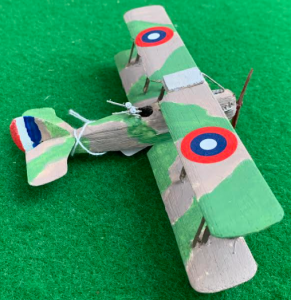Caproni Ca.4
The Caproni Aircraft Company made a series of heavy Bomber aircraft in WW1 (Ca.1 to Ca. 5). The Caproni Ca.4 was one of these. Its main features was a triplane (3 wing) arrangement, and 3 engines.
The Ca.4 was a twin-fuselage triplane of wooden construction with a fabric-covered frame. It had an open central body, that was attached to the under-surface of the centre wing. This central body contained a single pusher engine, pilot, and forward gunner. The other two engines were tractor mounted at the front of each fuselage boom. Additionally, two rear gunners were positioned, one in each boom behind the central wing. Sometimes an engineer or second pilot could also be accommodated there.
The aircraft were powered by a range of different engine types including :-
• 3 Fiat A.12 inline engines of 280 hp.
• 3 Isotta Fraschini engines of 249 hp
• 3 Liberty L-12 V-12 water-cooled piston engines, 400 hp
Armament consisted of 4 to 8 Revelli 6.5 mm or 7.7 mm machine guns in front ring mounts and two boom ring mounts. The aircraft could carry up to 1450 Kg of bombs. The bombs were suspended in a bomb bay, which was a long and narrow container fixed to a lower wing.
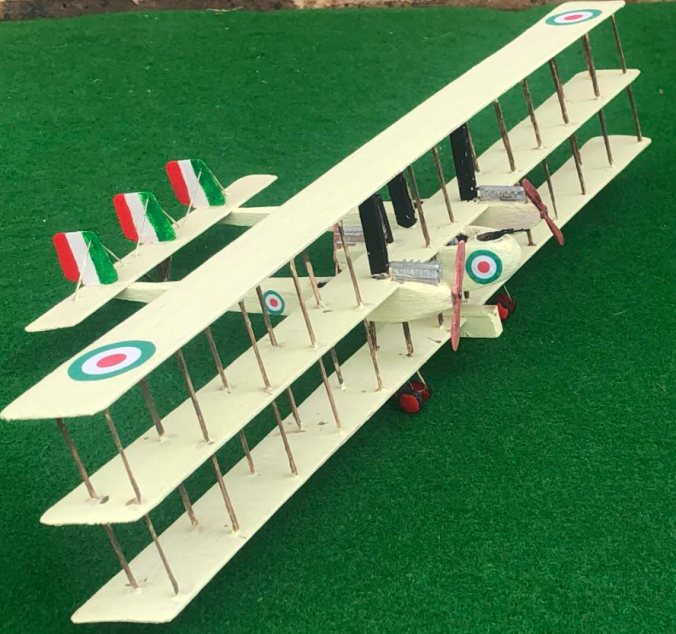
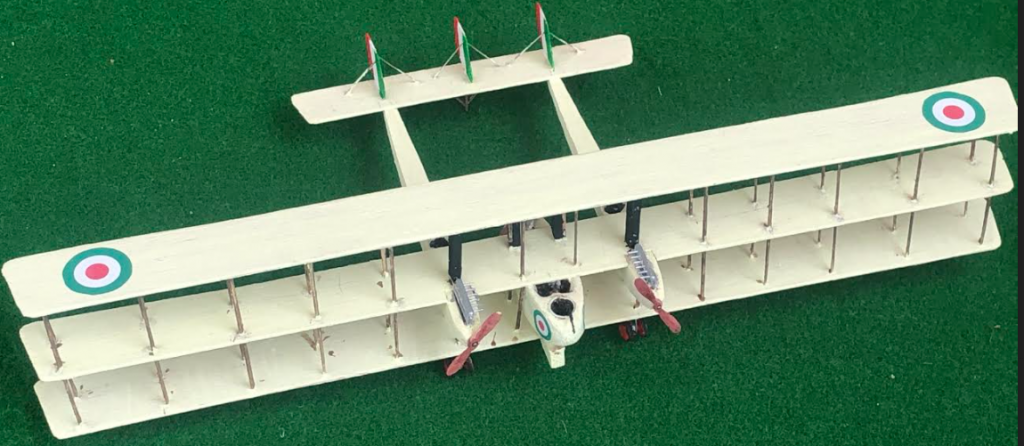
CAPRONI CA. 4 INFORMATION
Introduction: 1918
Primary users:
Italian Army, United Kingdom (Royal Naval Air Service), United States
Number built: Some 50 were built
Crew: 4, sometimes 5 (pilot, co-pilot, front gunner, and rear gunner/mechanic)
Length: 13.1 m
Wingspan: 29.9 m
Maximum speed: 140 km/h

